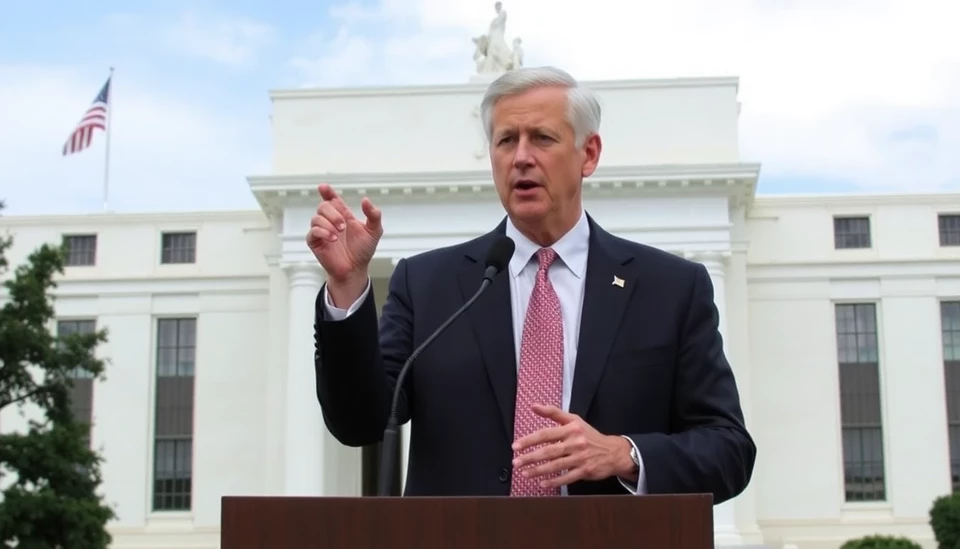
In a significant statement that caught the attention of financial markets and economists, Chicago Federal Reserve President Austan Goolsbee indicated that he anticipates a substantial decline in interest rates within the next 12 to 18 months. This outlook emerges against a backdrop of evolving economic conditions and potential shifts in monetary policy.
Goolsbee's remarks were made during an interview where he outlined the complexities of the current economic landscape. He noted that the Federal Reserve's approach has been to prioritize stable growth without igniting inflation, a balancing act that has proven increasingly challenging as the economy shows signs of both strength and volatility.
With inflation rates becoming more manageable and indications of a slowing economy, Goolsbee emphasized the Fed's commitment to achieving its dual mandate: maximizing employment and maintaining price stability. He pointed out that if the trajectory of inflation continues on its current path, it would create room for the Fed to consider lowering interest rates, thus stimulating economic activity.
Furthermore, Goolsbee highlighted the importance of paying close attention to economic data, which will inform the Federal Open Market Committee’s (FOMC) decisions in the near future. He underscored that changes in rates will be contingent upon further assessments of inflation and labor market conditions.
This projection aligns with the growing consensus among economists who believe that the peak of interest rates may have been reached. The Fed's previous hikes were designed to combat high inflation, but as inflationary pressures recede, a pivot in policy may be on the horizon. Financial analysts are increasingly speculating about the implications of a lower interest rate environment, which could invigorate borrowing and spending, thereby bolstering economic growth.
The potential for interest rates to decrease has raised hopes among consumers and businesses alike, as lower rates would likely lead to cheaper loans and mortgages, promoting housing market activity and consumer confidence. However, Goolsbee's cautionary tone suggests that any adjustments will be made only after thorough consideration of economic indicators to avoid repeating past mistakes.
Overall, Goolsbee's insights serve as a glimpse into the Federal Reserve's future strategy as it navigates the complexities of the post-pandemic economy. With the possibility of lower rates on the horizon, stakeholders across various sectors will be eager to monitor the Federal Reserve's moves in the ensuing months.
#FederalReserve #InterestRates #AustanGoolsbee #EconomicOutlook #Inflation #MonetaryPolicy #FinancialMarkets #EconomicGrowth
Author: Daniel Foster




